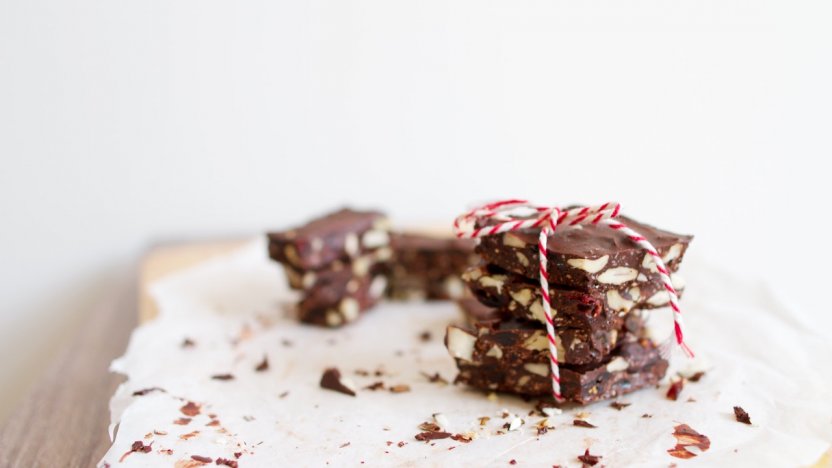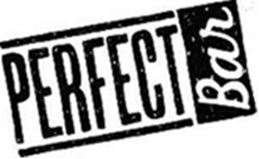Still no perfect trademark for 'perfect' energy bar

In 2018, the General Court of the EU ruled that ‘Perfect Bar' was too descriptive and thus insufficiently distinctive to be registered as a trademark, but the brand owner wouldn’t take no for an answer, as Frouke Hekker explains.
Despite the 2018 ruling being entirely in line with trademark practice and established case law, Perfect Bar sought to overturn the decision, leading to another judgement by the General Court of the EU on 11 June.
Both the recent and earlier decision of 8 November 2018 concern the trademark applications filed in April 2016 by the American company Perfect Bar LLC for the word mark ‘Perfect Bar’ and the device mark shown right. 
Perfect Bar LLC had applied for protection for goods in Class 5, namely for various nutritional foods such as energy bars and food supplements.
Not a perfect trademark
To be eligible for trademark protection in the EU, a sign must have distinctive character. In other words, it must be capable of identifying the product or service 'as originating from a particular undertaking and thus of distinguishing that product or service from those of other undertakings'.
In its 2018 decision, the General Court considered the signs to be too descriptive and insufficiently distinctive for the relevant public (the English-speaking consumer). As regards the device mark specifically, the General Court found it consisted only of standard graphic elements that would perceived by the public as purely decorative, and that its design simply underscored the meaning of the word element ‘bar' as a result of the shape used.
In our view, this was an understandable judgment in line with prevailing practice; however, the trademark applicant did not agree. Because the application was not refused on one point (and referred back to the EUIPO), the trademark applicant was given the opportunity to litigate again up to the General Court on a point of interpretation. This opportunity did not benefit the trademark applicant, however, as the General Court has again ruled against the company, putting the legal proceedings to a definitive end.
More than a description
As we previously covered, it is possible to satisfy the requirement for distinctiveness for an otherwise potentially descriptive mark by including a graphic element. However, the addition must add something ‘extra’ to the mark to make it distinctive, as was not found to be the case here.
If it can be shown that a mark has become established in a market due to long-term and/or extensive use, then it also possible to overcome lack of distinctiveness by demonstrating that it has ‘acquired distinctiveness’. This may well be the only route open to Perfect Bar at this point, if it is indeed able to prove that the sign has been used so extensively that consumers perceive it as indication of the origin of the goods after all.
Nonetheless, it is advisable to consider potential objections to chosen brand names and to clear trademarks before any product launch. This can help to avoid costly legal battles or rebranding exercises much later down the line.
For advice on trademark registrability and scope of protection, or for assistance with refusal or cancellation actions, please speak to your Novagraaf attorney or contact us below.
Frouke Hekker is the Coordinator of the Competence Centre at Novagraaf. She is based in Amsterdam.